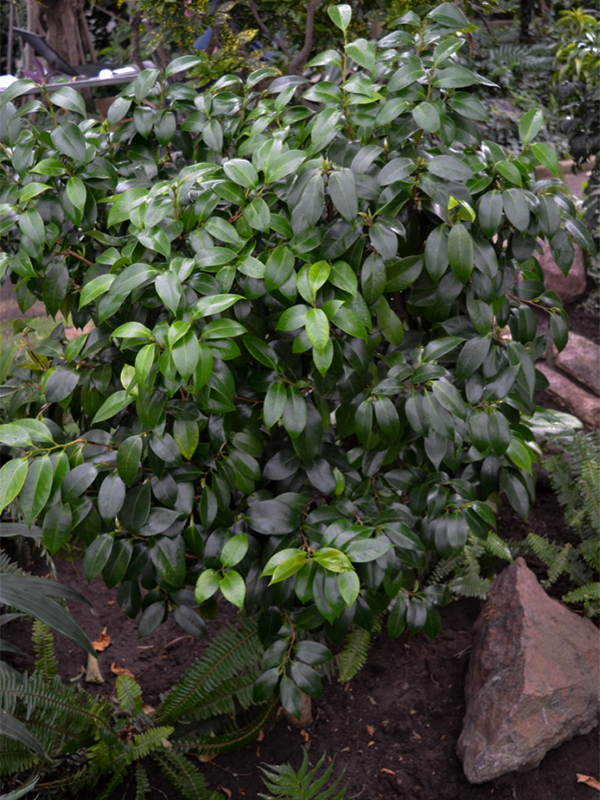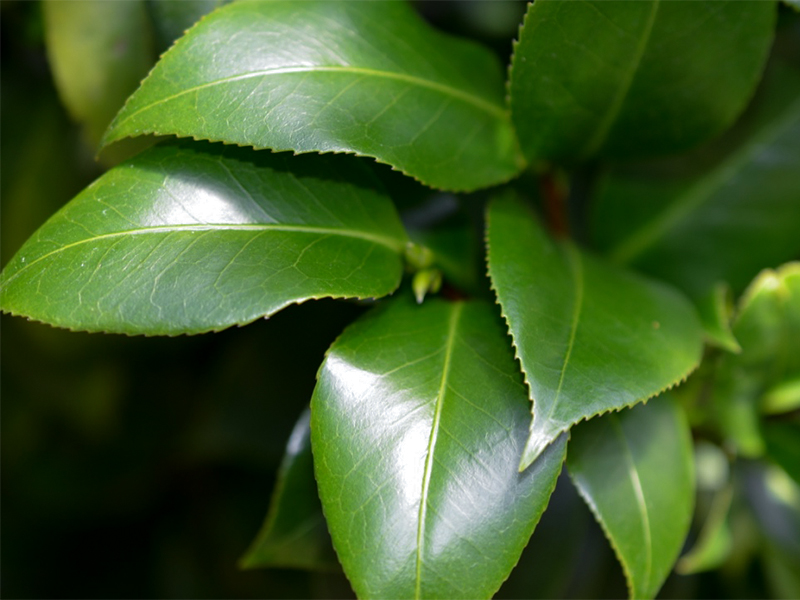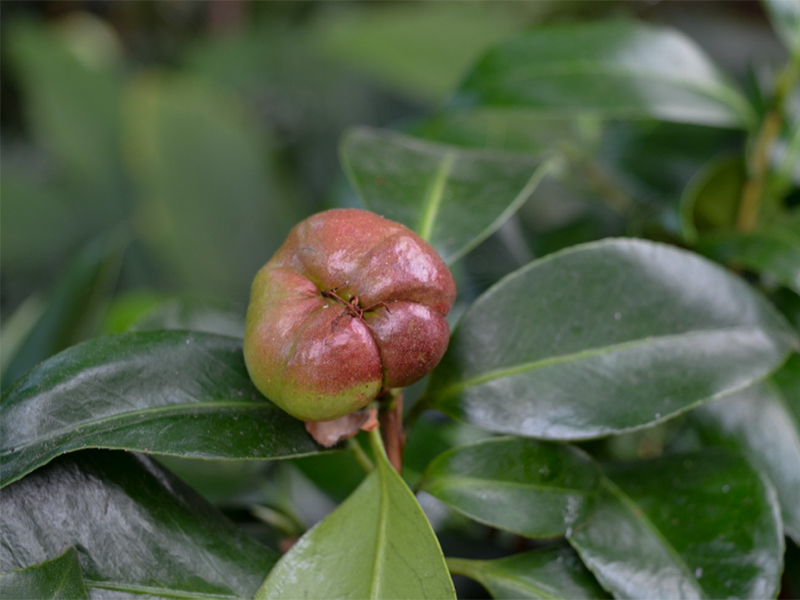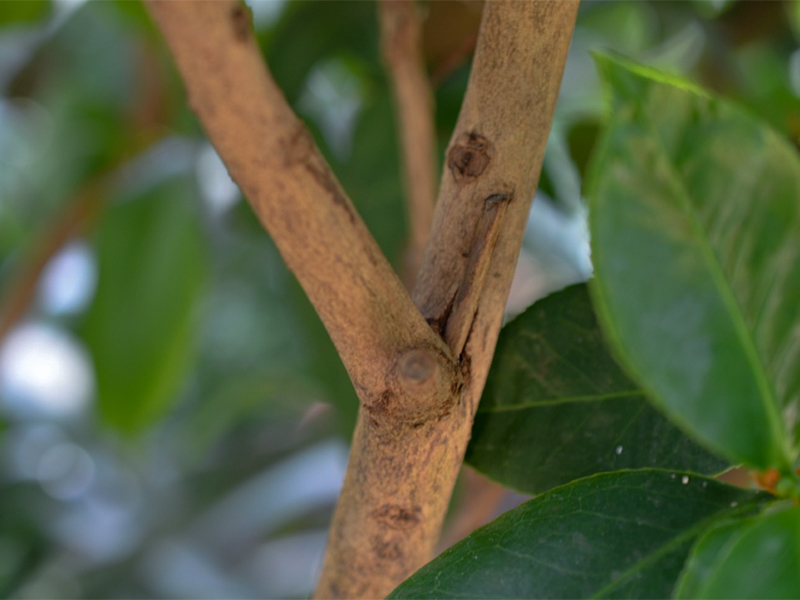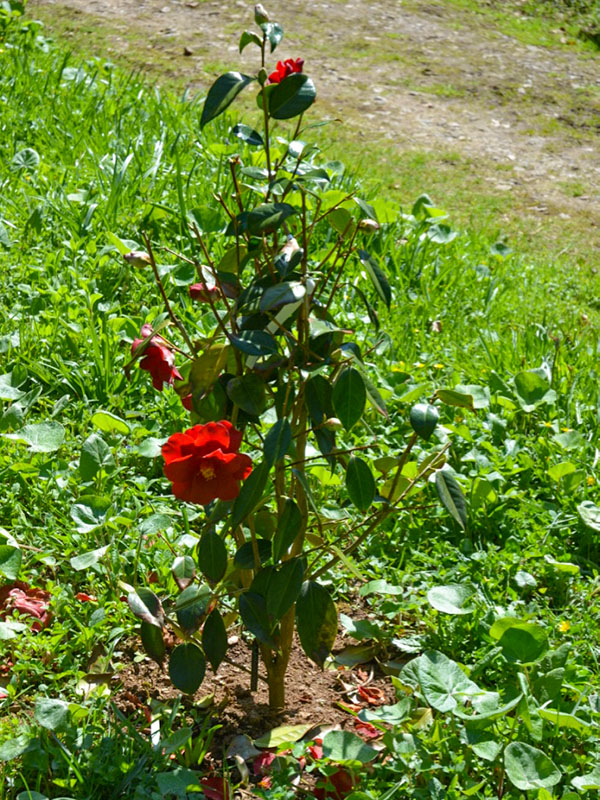
Tropicals > Camellia > Camellia
Camellia
Camellia
Origin: Himalayas, Japan, and Indonesia.
| Family |
| Theaceae |
| Genus |
| Camellia |
| Category |
| Tropicals |
| Type |
| Shrub (evergreen) |
| USDA Hardiness Zone |
| 6 - 9 |
| Canadian Hardiness Zone |
| Requires cold season protection under glass. |
| RHS Hardiness Zone |
| H3 - H7 |
| Temperature (°C) |
| -20 - 1 |
| Temperature (°F) |
| -4 - 33.8 |
| Height |
| 0.6 - 6 m |
| Spread |
| 0.9 - 3 m |
Photographs
Description and Growing Information
Flowering Period
| General Description |
| Queen of the winter flowers, Camellias are attractive evergreen shrubs that are highly prized for their flowers, evergreen foliage, and compact shapely habit. |
| Cultivation |
| Prefers partial shade with consistently moist, acidic, well-drained soils. Shelter from cold, dry winds. Rarely requires pruning, but if needed should be done just after blooming to avoid removing next year’s buds. |
| Pests |
| Diseases include leaf spots, anthracnose, black mold, petal blight, canker, and root rot. Pests include aphids, plant hoppers, and spider mites |
| Flower Description |
| Large fragrant flowers. |
| Notable Specimens |
| Centennial Conservatory, Thunder Bay, Ontario, Canada. |
| Ethnobotanical Uses (Disclaimer) |
| The leaves of some Camellia species are processed for tea. |
